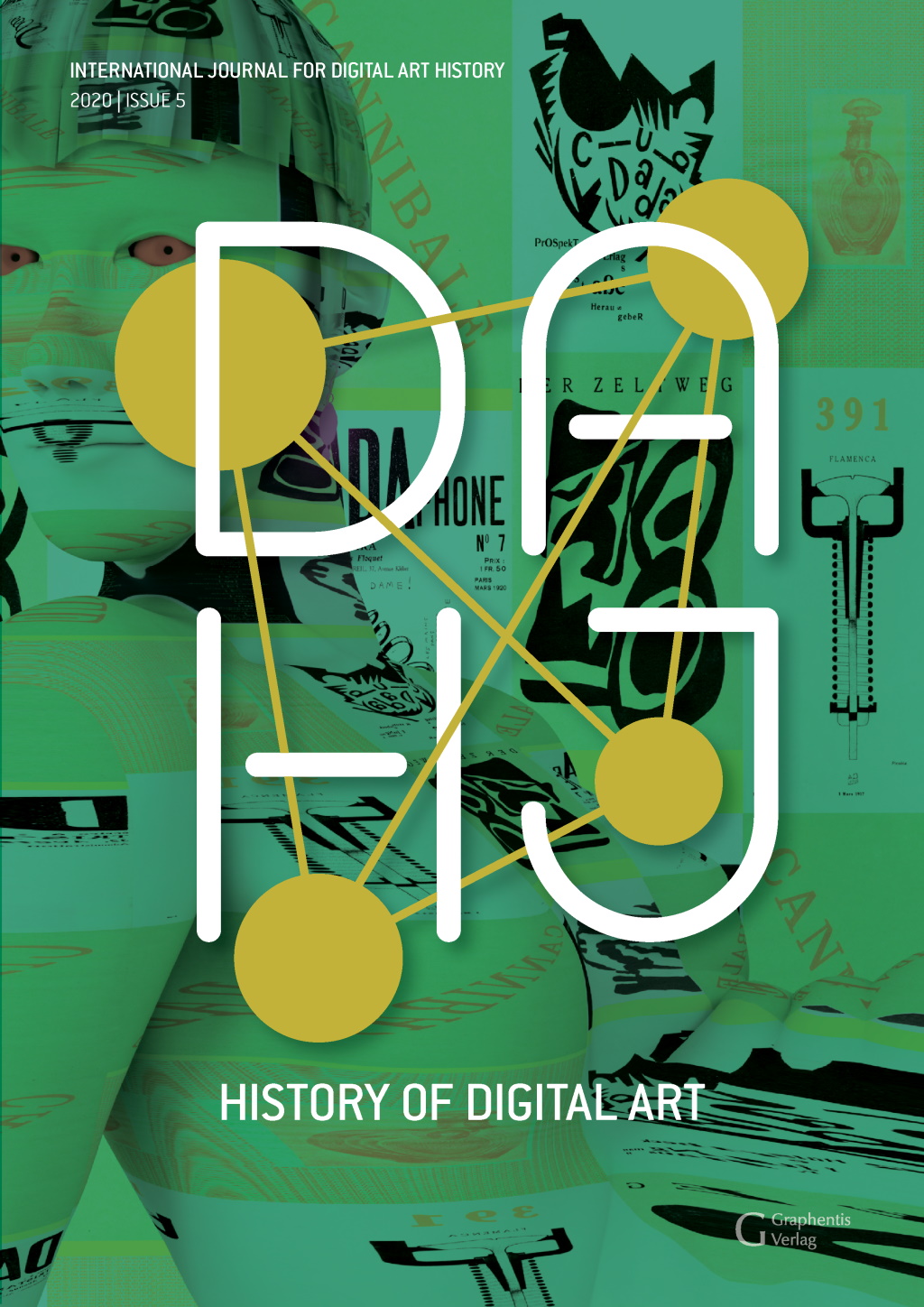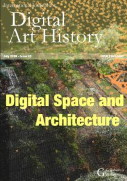Archives

No. 10 (2025)
This cover features the original artwork Portrait of Edmond de Belamy (2018) by Obvious from the series La Famille de Belamy.

No. 9 (2023)
This cover features the original artwork The Weird Sisters #13 (2022) by Sean Capone from the series ZOMBIE PUNX: The Weird Sisters. Image courtesy of the artist.

No. 8 (2021)
Special Issue: The Digital Image - A Transdisciplinary Research Cluster
The Priority Program “The Digital Image,” funded by the German Research Foundation (DFG), combines projects from a multiperspectival point of view and addresses the central role that the image plays in the process of the digitization of knowledge in theory and practice. The research cluster consists of 12 projects from various disciplines, including computer science, archaeology, European and Asian art history, media studies and ethnology.

No. 7 (2021)
This bilingual issue is in collaboration with H-ART. Revista de historia, teoría y crítica de arte, first published in Spanish in 2021. DAHJ's English translations were published between 2021 and 2025. The cover features original artwork by Sofia Crespo from the series Neural Zoo (2018/2019). Image courtesy of the artist.

No. 6 (2021)
This cover features the original artwork Musique Non Stop (1986) by Rebecca Allen. Image courtesy of the artist.

No. 5 (2020)
This cover features a still of the original artwork Kiki.obj (2017) by Claudia Hart, made in celebration of the Dada Centennial. Image courtesy of the artist.

No. 4 (2019)
This cover features the original artwork Dop Network 1013_2 by Marc Gumpinger from the series Dop Network (2019).





